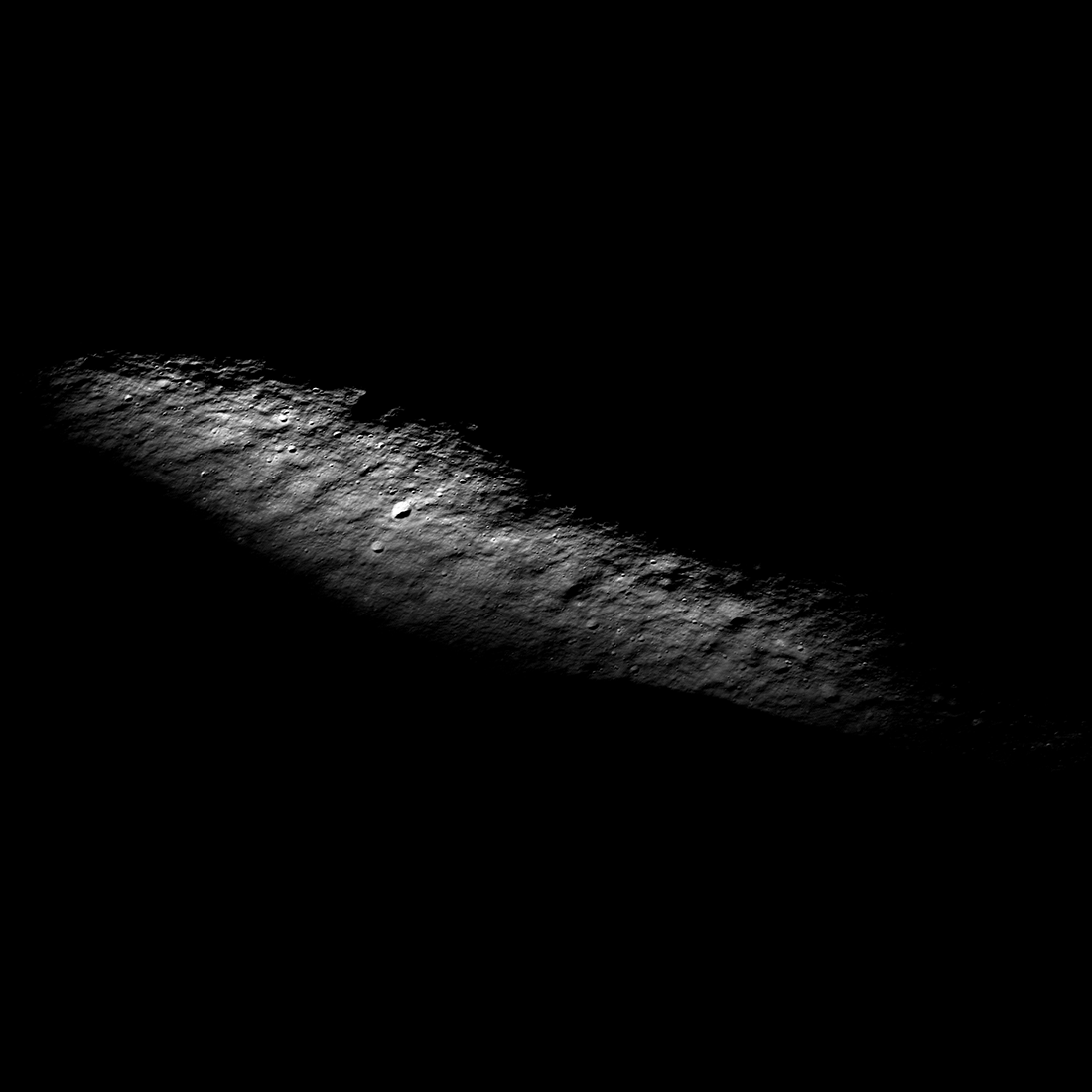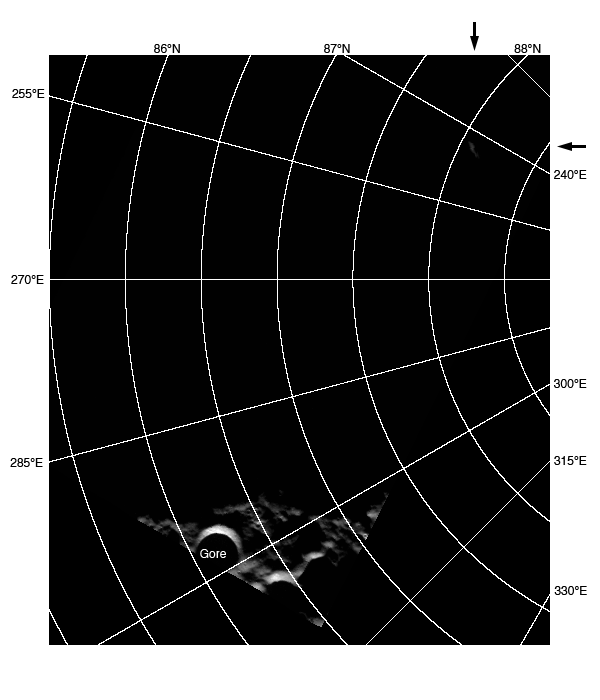
On 10 March 2020, LRO rolled (tilted the spacecraft to the side) 50° allowing the LROC to capture this amazing view of high terrain illuminated before sunrise. Such small areas that receive abnormally long periods of illumination could be valuable to future lunar explorers. The lunar night lasts over 300 hours, and the temperature drops below –170°C (–274°F), so any extra time in the sunlight can provide welcome warmth and solar power.

Also near the poles there exist areas of permanent shadow, regions which are so cold (–210°C (–346°F) and lower!) that water ice can exist on the surface even under the vacuum of space. The combination of terrain that sees extra illumination by peeking above the horizon, adjacent to low-lying permanently shadowed regions (PSRs) that contain ice, makes these very compelling regions to set up camp. These two important resources – sunlight and water – can help to sustain longer stays on the Moon, or propel explorers from the Moon to more distant locations.

Explore the full resolution NAC of this spectacular persistenly illuminated peak.
Related Featured Images
Casting Light on Permanently Shadowed Regions
Polar Illumination Maps and More!
Published by Mark Robinson on 19 May 2020